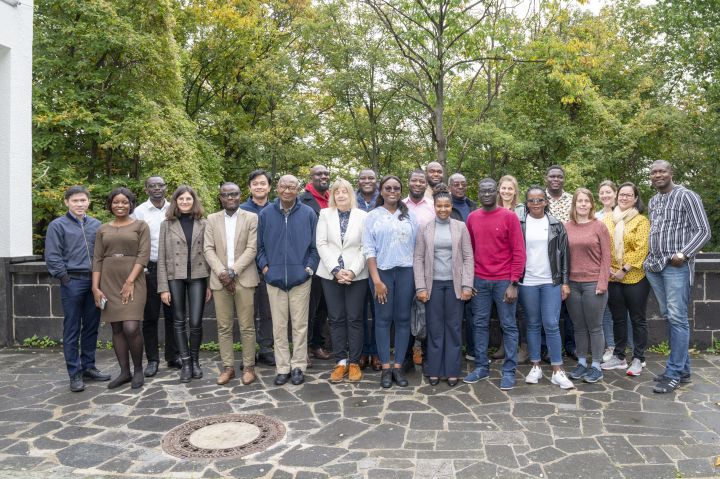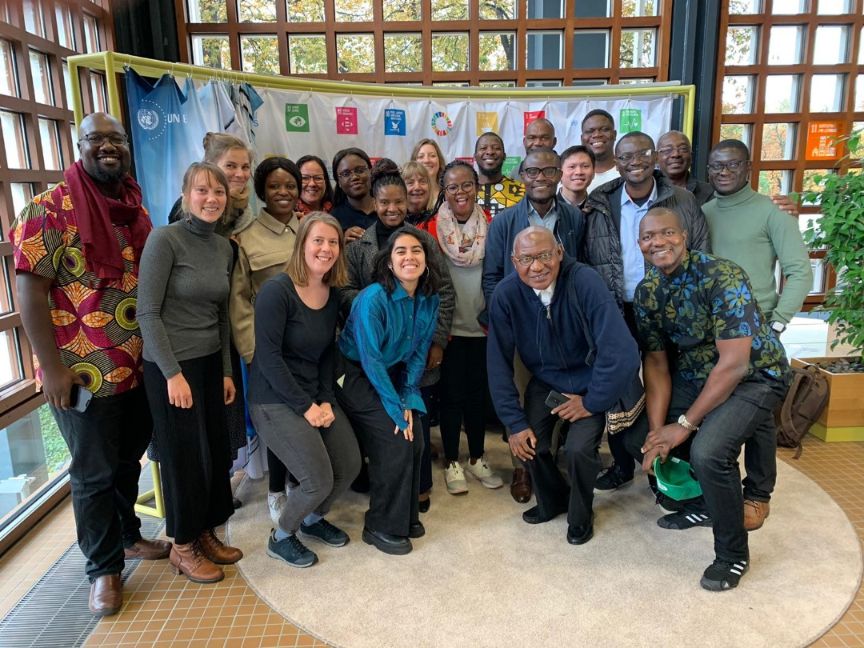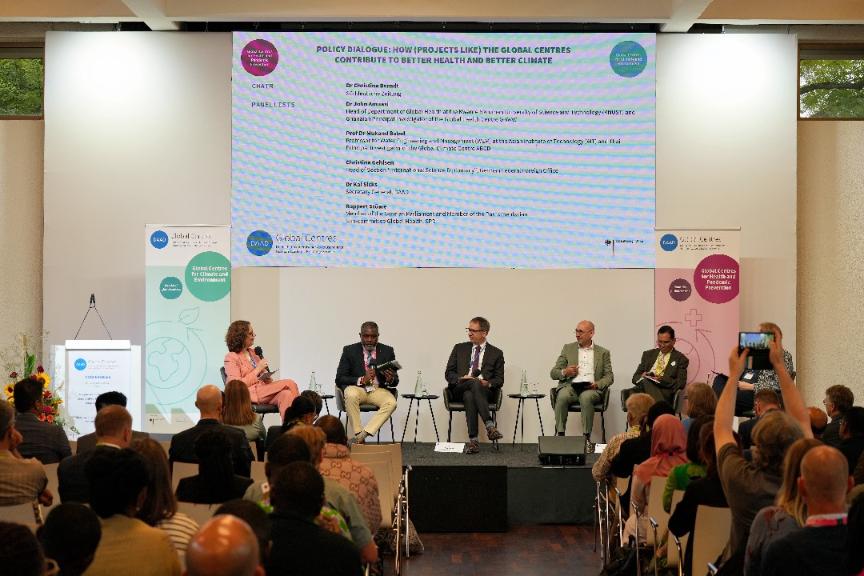Human life and wildlife converge steadily, resulting, among others, in new pathogen spillovers. The drivers for increasing human-animal interactions and its resultant pathogen spillovers are climate change, hunting, trading animals, and keeping animals as livestock or pets. Land use changes lead to an increasing encroachment of agriculture, including crop cultivation, in forests, savannas, and other biodiverse natural habitats. To prevent pathogen spillovers – or, at least, be prepared for future spillovers – activities of both humans and wildlife have to be considered. These and many other topics have been addressed by 20 international participants in an interdisciplinary and inter-sectoral approach. Together with non-academic partners from Wildlife Conservation Society (WCS) and Naturschutzbund Deutschland (NABU) they embarked on understanding human and animal (re-)actions that result in interactions. First steps towards an analysis of the interplay between climate change mechanisms, (intensive/ extensive) land use, human behavior, and animal habitat from socio-cultural, veterinarian, environmental, health, and other perspectives were undertaken. Future activities resulting from the workshop aim at bridging the knowledge gap among these disciplines and improve understanding of a common approach to managing pandemics.
The initiative stems from the two DAAD Global Centres, G-WAC (German-West African Centre for Global Health and Pandemic Preparedness) and AFAS (African Climate and Environment Center Future African Savannas). Funded by the Federal Foreign Office, it is the task of the Global Centres for Climate and Environment and Health and Pandemic Preparedness to think globally about these issues in a globalised world and to develop solutions adapted to local conditions.





